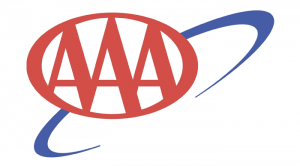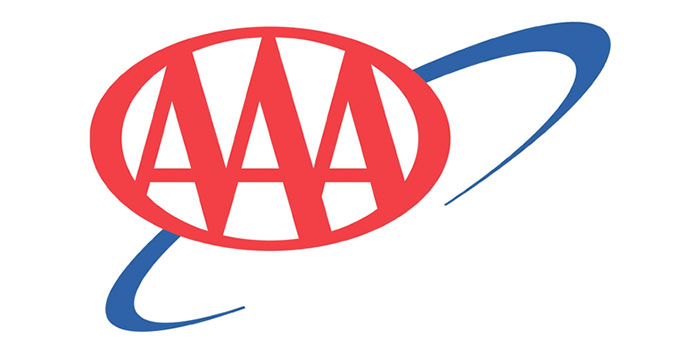 Due to falling gas prices, the annual cost to own and operate a vehicle in the United States has fallen to a six-year low of $8,558, according to AAA’s 2016 Your Driving Costs study. This year, a driver can expect to spend 57 cents for each mile driven, approximately $713 per month, to cover the fixed and variable costs associated with owning and operating a car.
Due to falling gas prices, the annual cost to own and operate a vehicle in the United States has fallen to a six-year low of $8,558, according to AAA’s 2016 Your Driving Costs study. This year, a driver can expect to spend 57 cents for each mile driven, approximately $713 per month, to cover the fixed and variable costs associated with owning and operating a car.
“Thanks to lower gas prices, American drivers can expect to save hundreds of dollars in fuel costs in 2016,” said John Nielsen, AAA’s managing director of Automotive Engineering and Repair. “Fortunately, this annual savings more than offsets the moderate increases in maintenance, insurance, finance charges and other costs associated with owning and operating a vehicle.”
Compared to last year’s study, the average price of regular fuel fell more than 25 percent to $2.139 per gallon in the fourth quarter. At the same time, vehicle redesigns and improved powertrain technologies increased the average fuel economy of the sedans used in the study to 26.71 mpg.
Insurance: Up 9.60 percent to $1,222 per year (+$107)
Insurance rates vary widely with driver, driving habits, issuing company, geographical area and more. While AAA’s insurance cost estimates are based on low-risk drivers with good driving records, even this group has seen rates rise over the past few years. Rising costs are likely attributable to lower gas prices, which have resulted in more miles driven, greater numbers of collisions and higher insurance payouts.
Depreciation: Up 2.87 percent to $3,759 per year (+$105)
The single largest ownership expense – depreciation – rose for 2016 due to robust new-car sales and, therefore, increasing numbers of used and off-lease vehicles entering the marketplace. This reduces retained value and resale prices, thus increasing depreciation.
Maintenance: Up 3.33 percent to 5.28 cents per mile/$792 per year (+$25 per year)
While there is significant variation among individual vehicles, modest increases in vehicle maintenance are attributable to engines requiring more expensive semi- or full-synthetic motor oils, and increases in extended warranty pricing and shop labor rates.
A recent AAA survey found that 35 percent of Americans have skipped or delayed service or repairs that were recommended by a mechanic or specified by the factory maintenance schedule. According to AAA’s certified Approved Auto Repair shops, consumers that forget or ignore recommended maintenance ultimately pay higher repair costs.
License/Registration/Taxes: Up 3.31 percent to $687 per year (+$22)
License, registration and tax costs are impacted by vehicle sales prices and state/local tax rates. In addition to rising vehicle prices, many states, counties and cities have increased their fees related to vehicle purchasing, titling, registration and licensing.
Finance Charges: Up 2.09 percent to $683 per year (+$14)
The average vehicle finance rate remained relatively unchanged in 2016. The modest dollar increase in finance charges is attributable to higher new car prices combined with increased tax, title, license and registration fees, which are typically rolled into the vehicle financing.
Tires: Up 2.04 percent to 1 cent per mile/$150 per year (+$3)
Due to the competitive and dynamic nature of the tire market, tire costs in 2016 are relatively unchanged, rising by just .02 cent per mile. In addition to calculating the driving costs for sedans, AAA determined annual costs associated with both minivans and sport utility vehicles. Owners of these vehicle types also benefit from lower driving costs in 2016, at $9,262 and $10,255 respectively.
“One-in-five Americans plan to purchase or lease a new vehicle in the next year, and many consumers may mistakenly believe minivans are more expensive to drive than a large sedan,” continued Nielsen. “With lower gas prices, these vehicles offer drivers the flexibility of transporting additional passengers and cargo while remaining more affordable to own and operate compared to a large sedan.”

